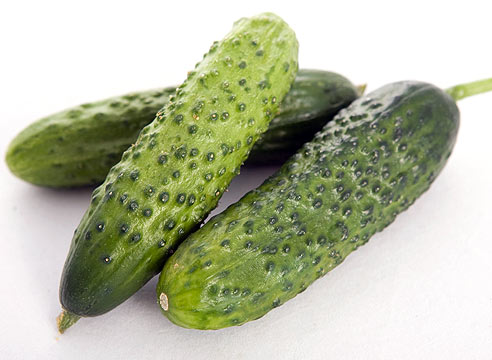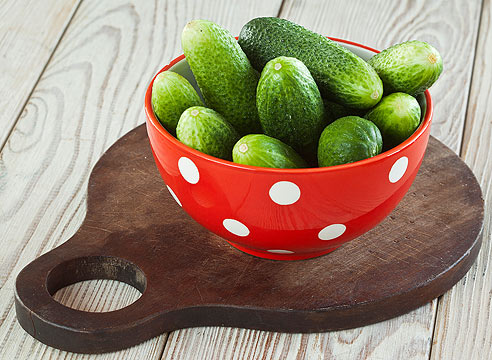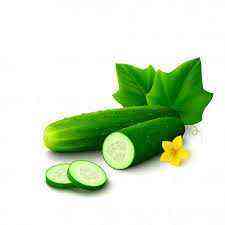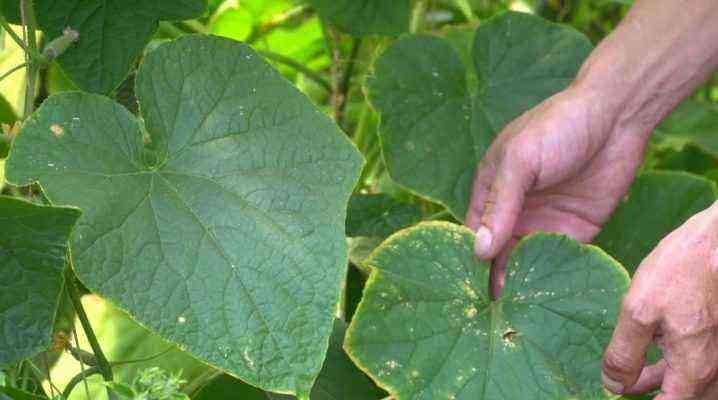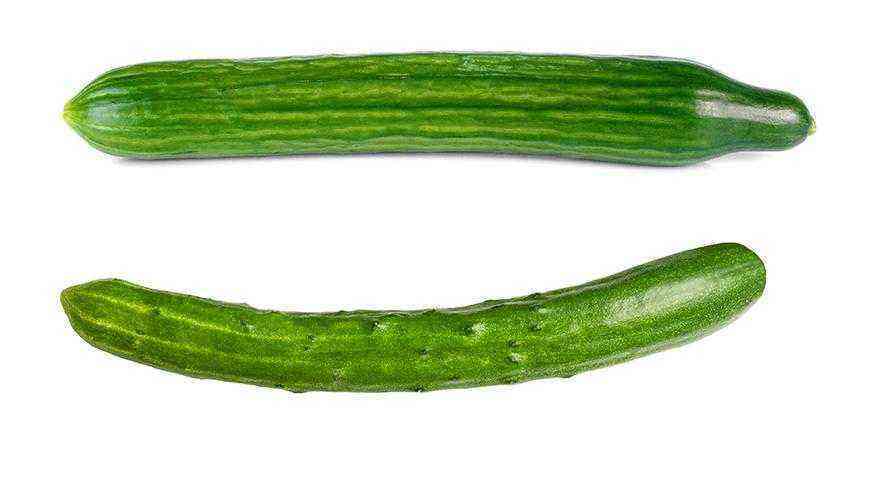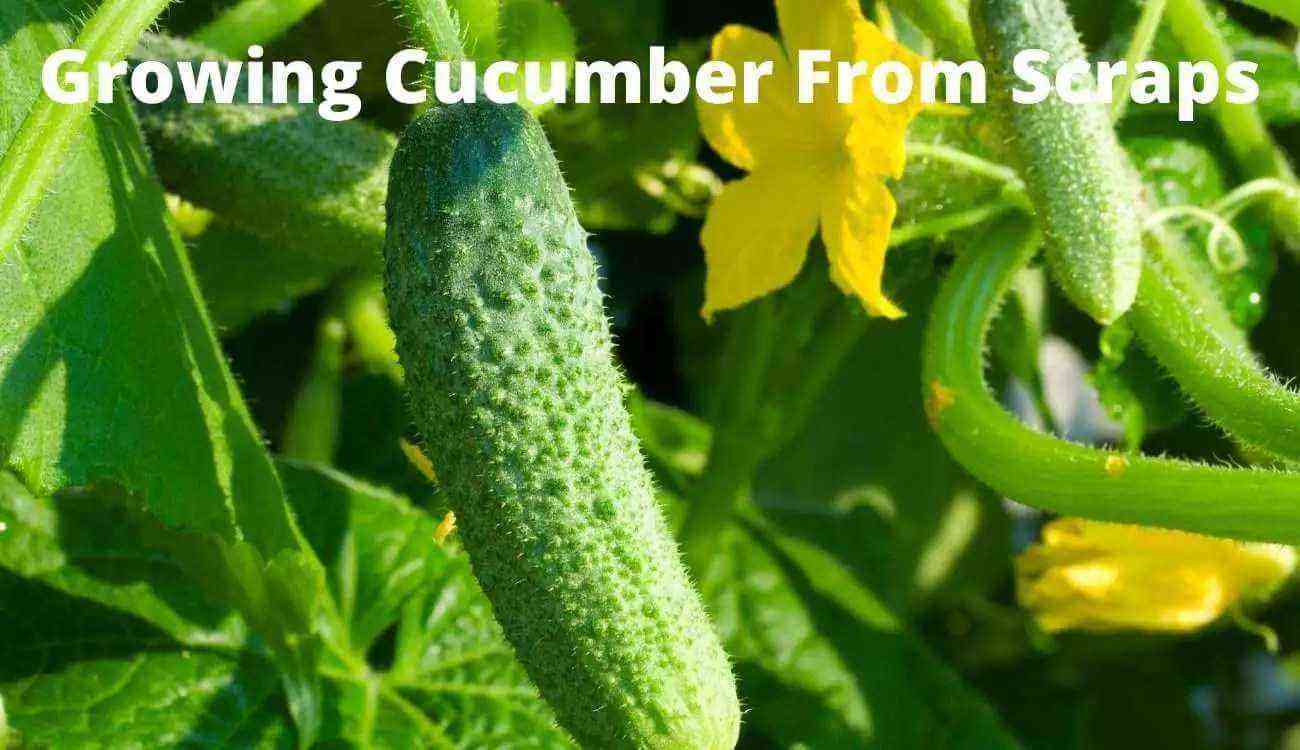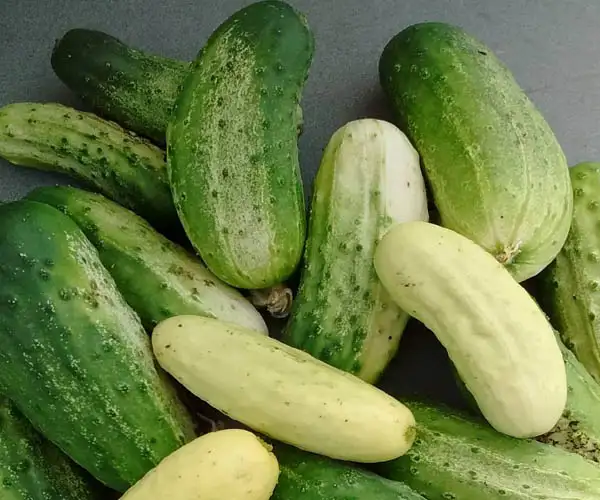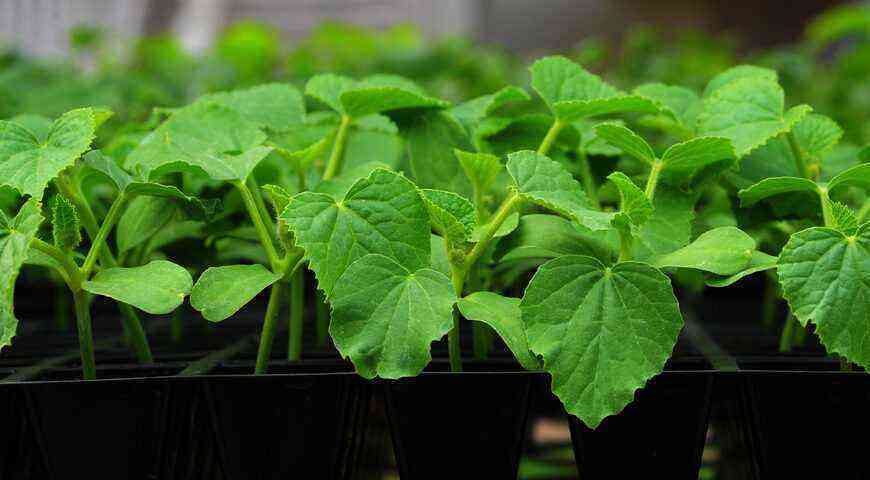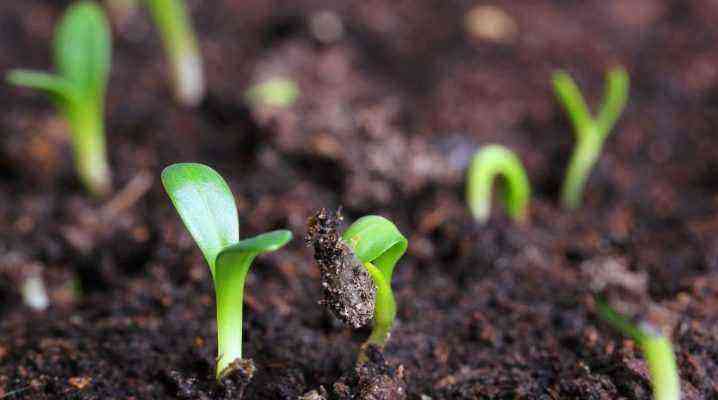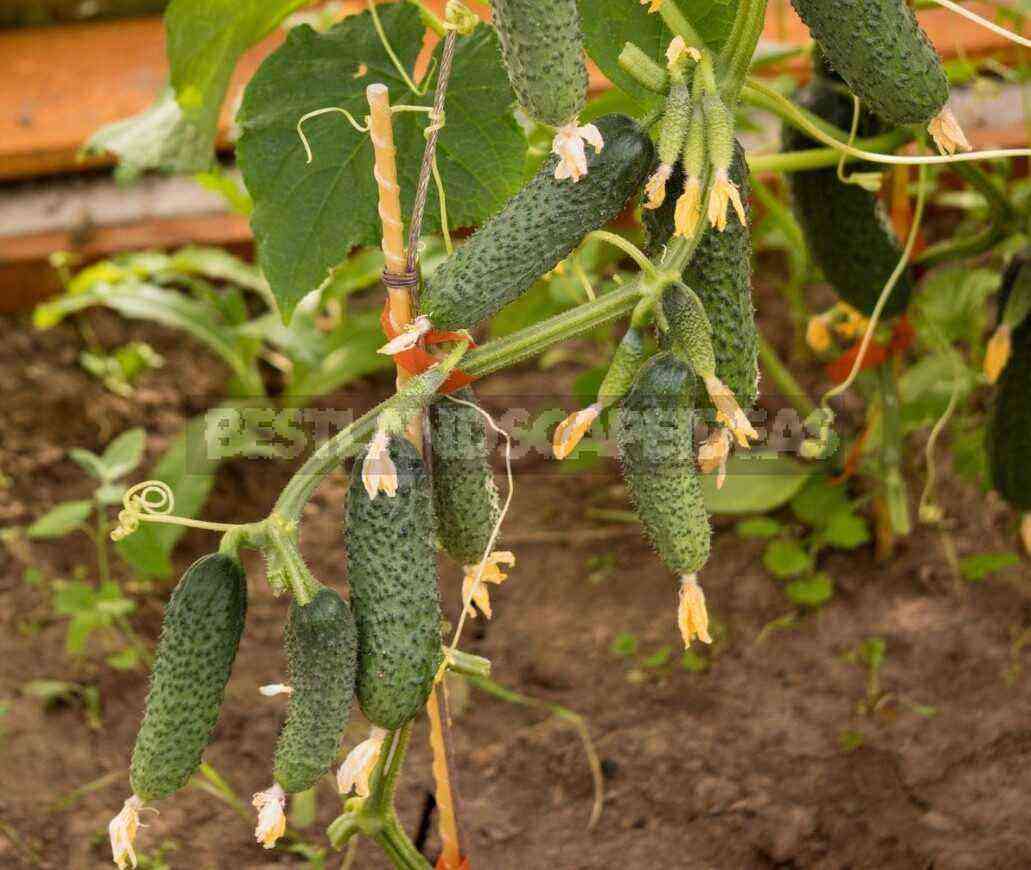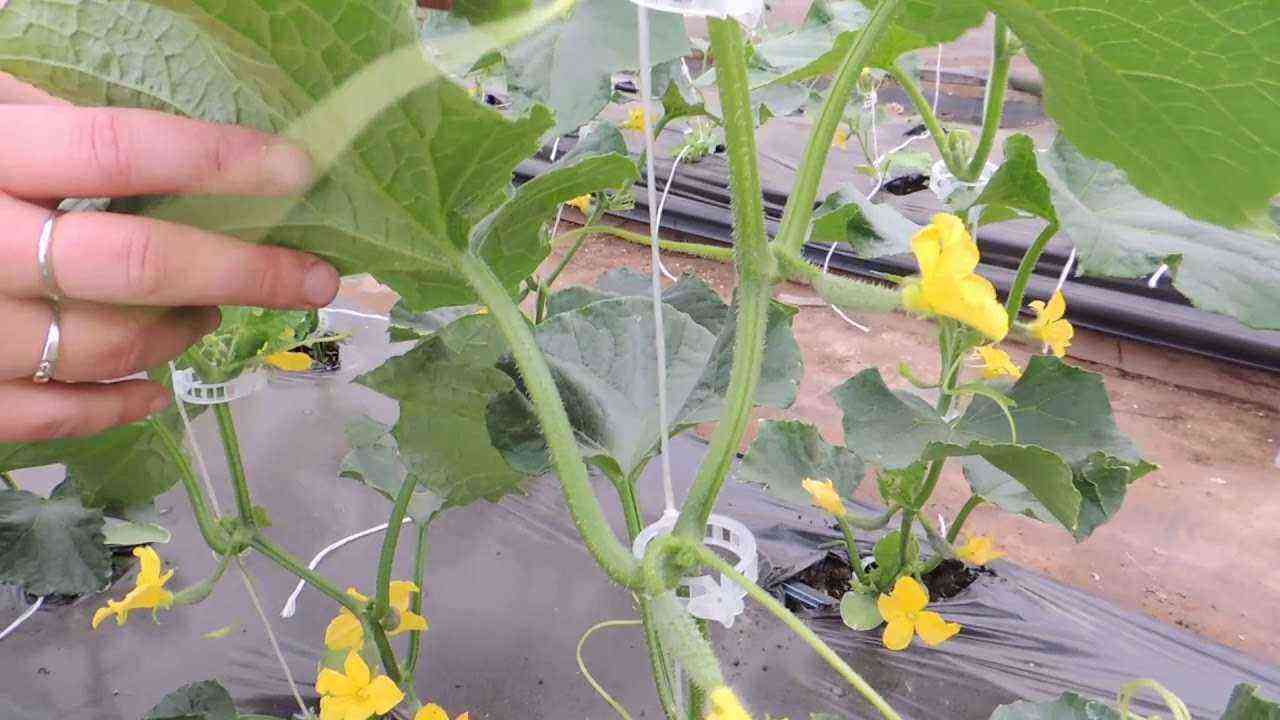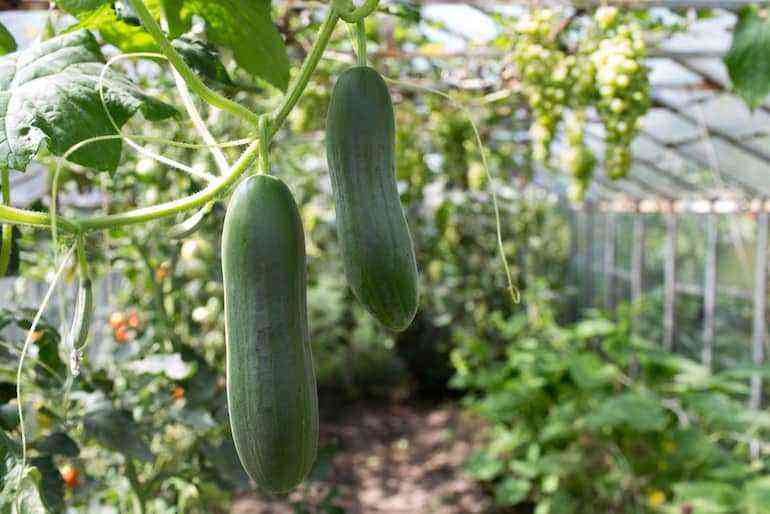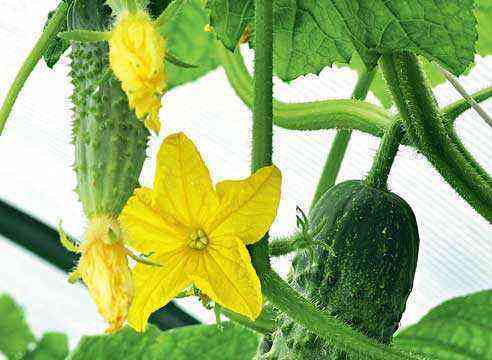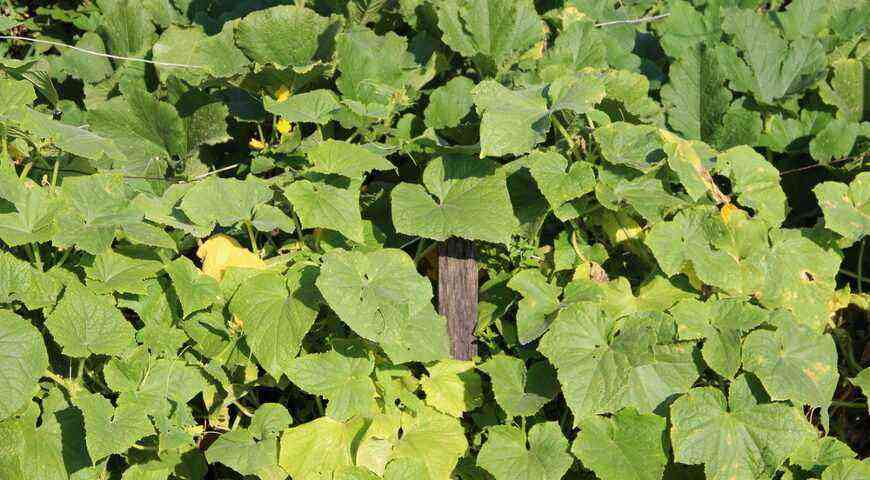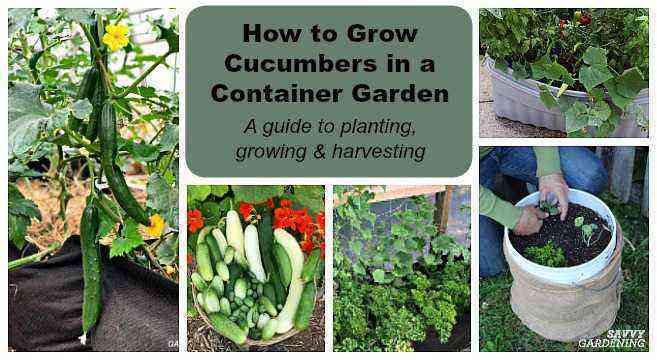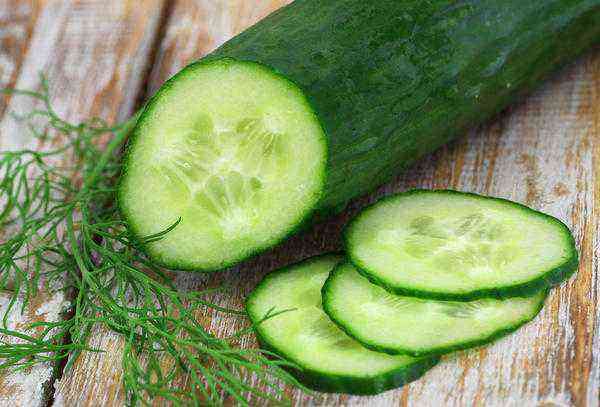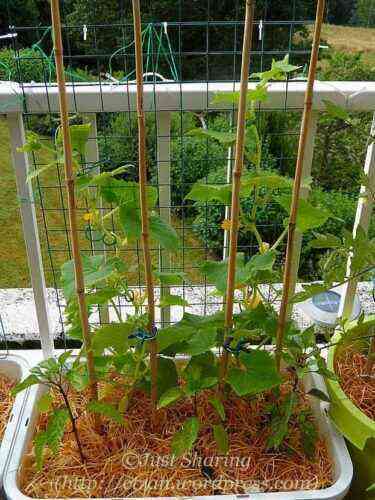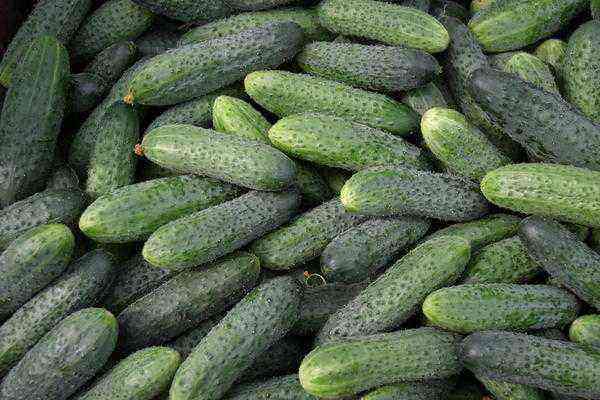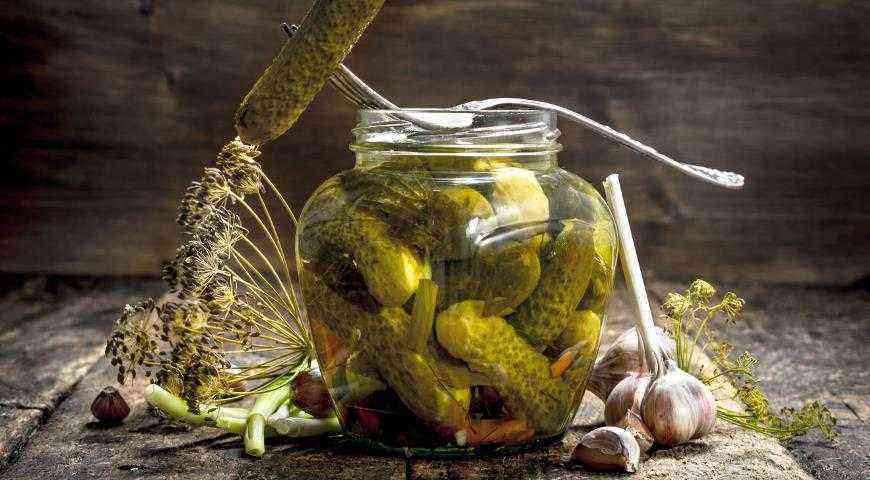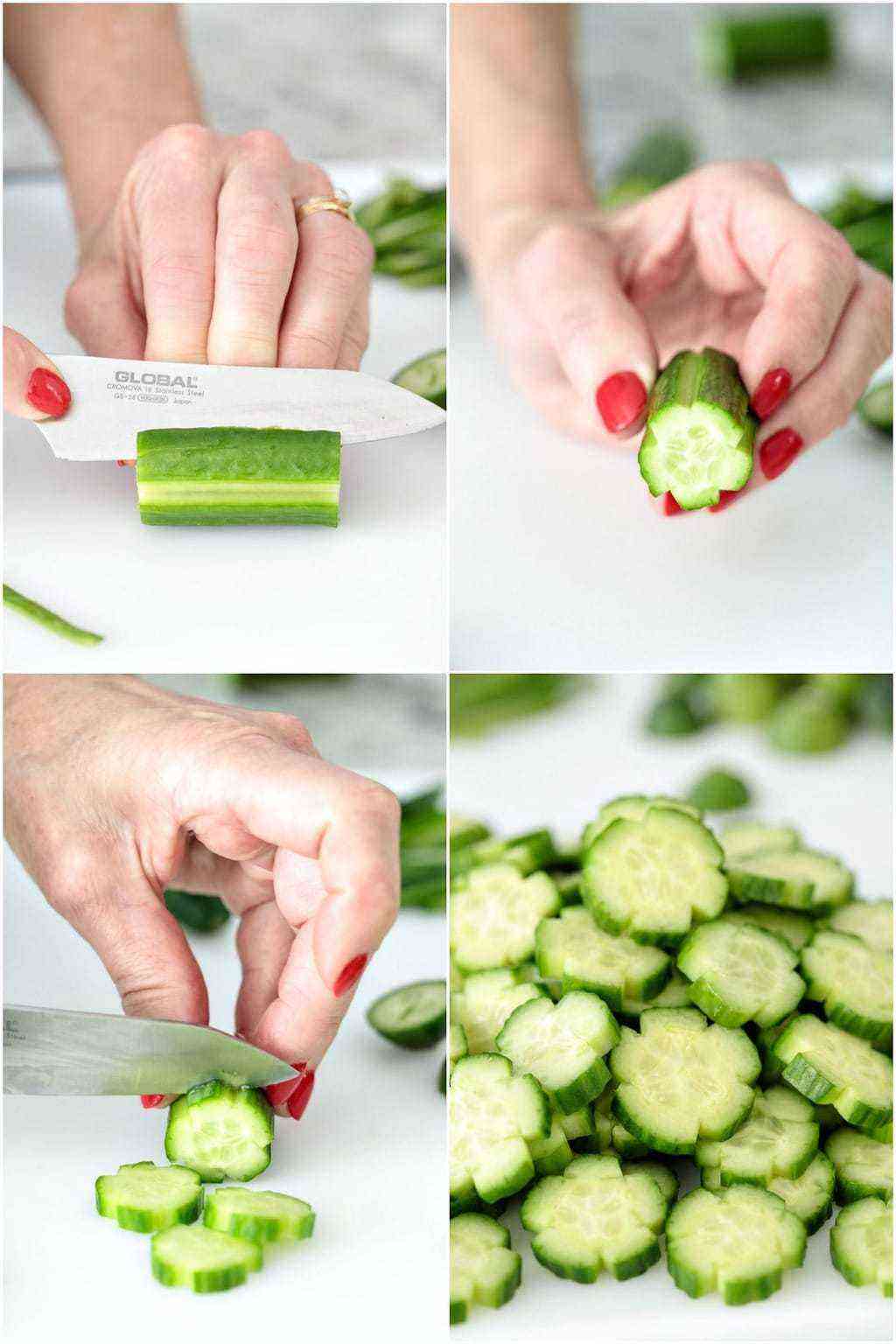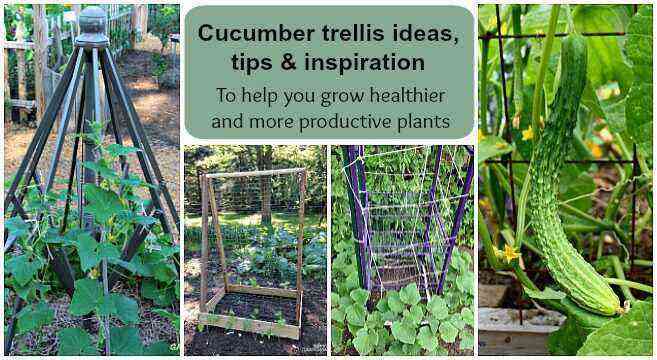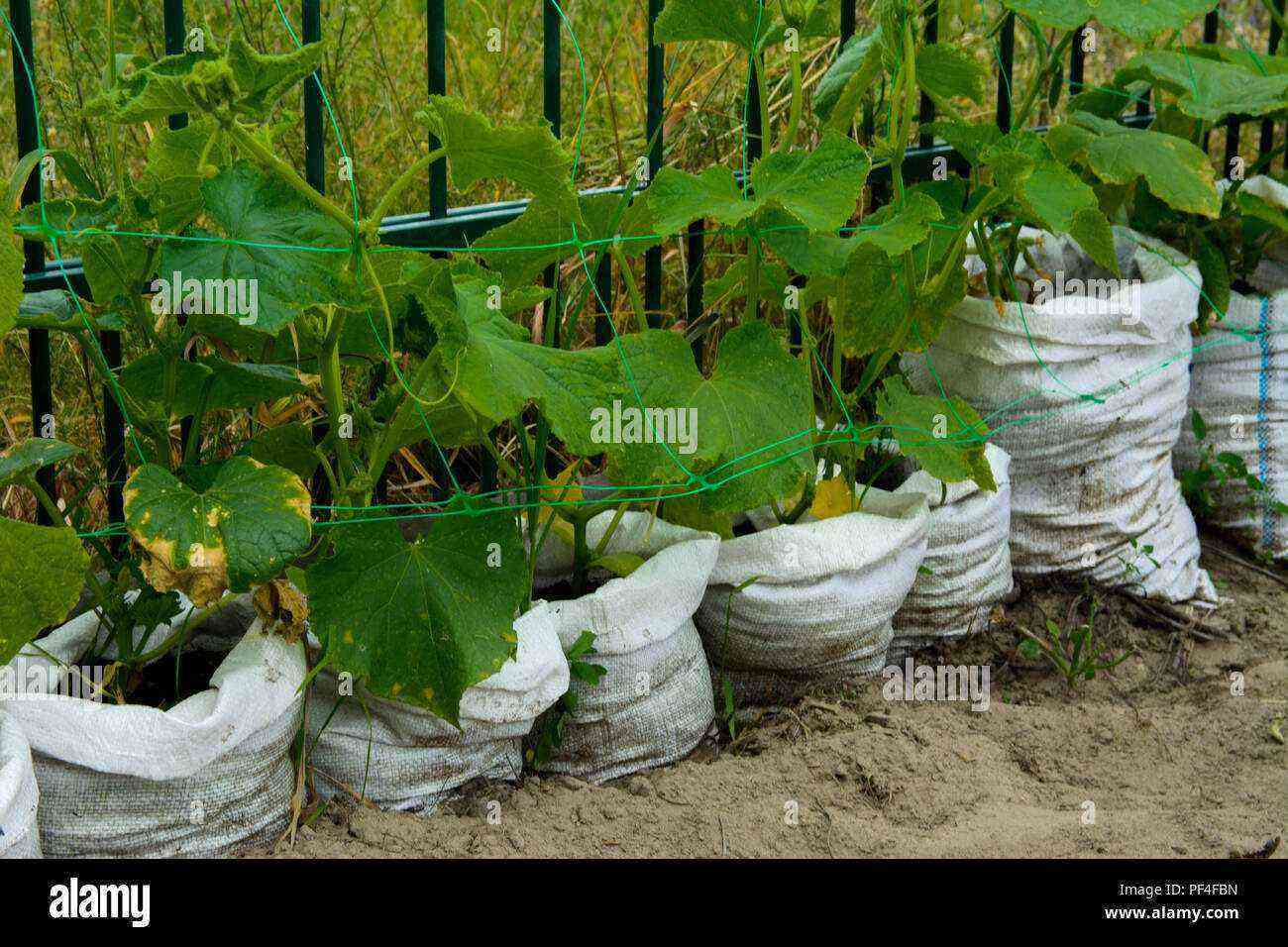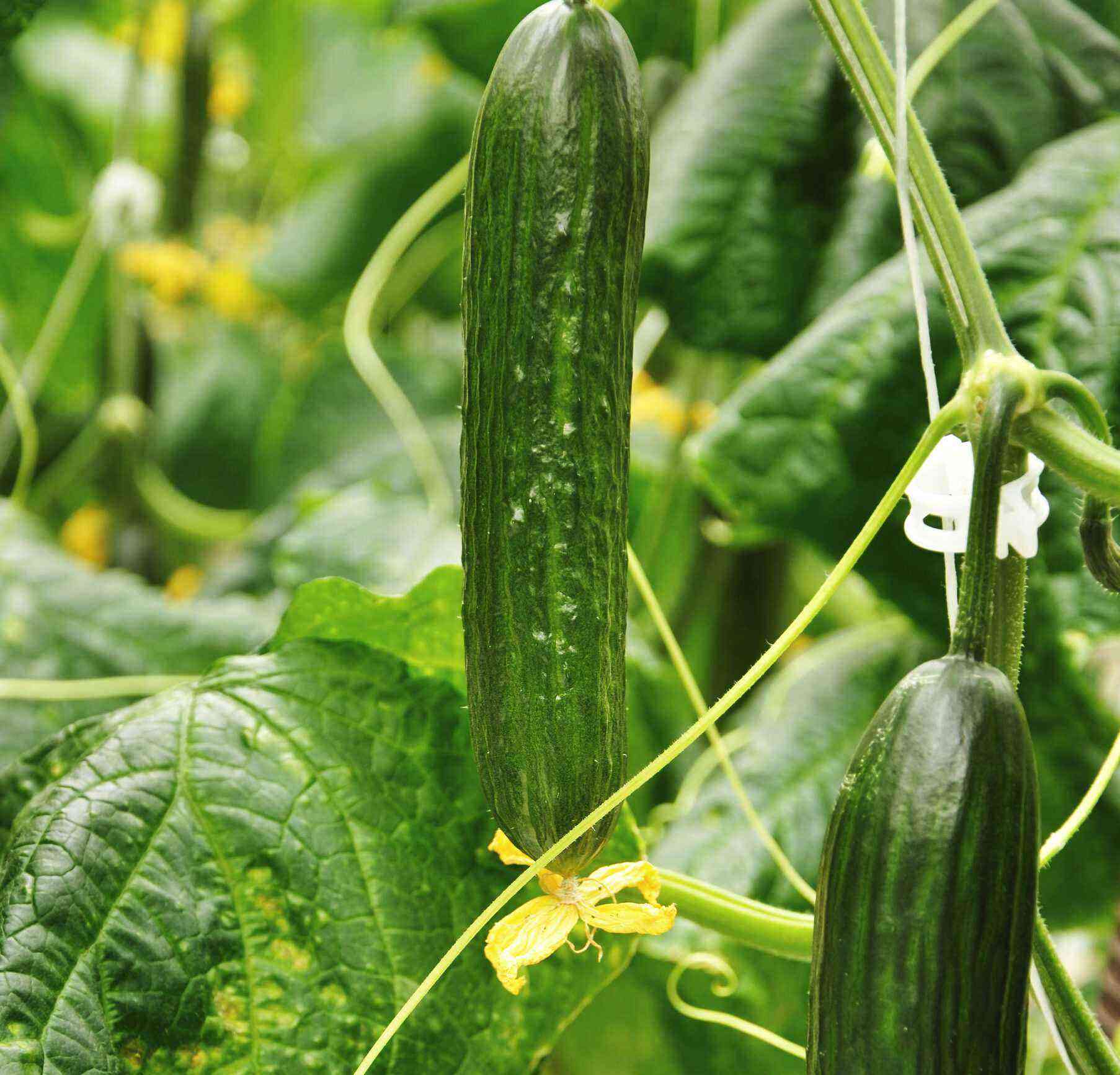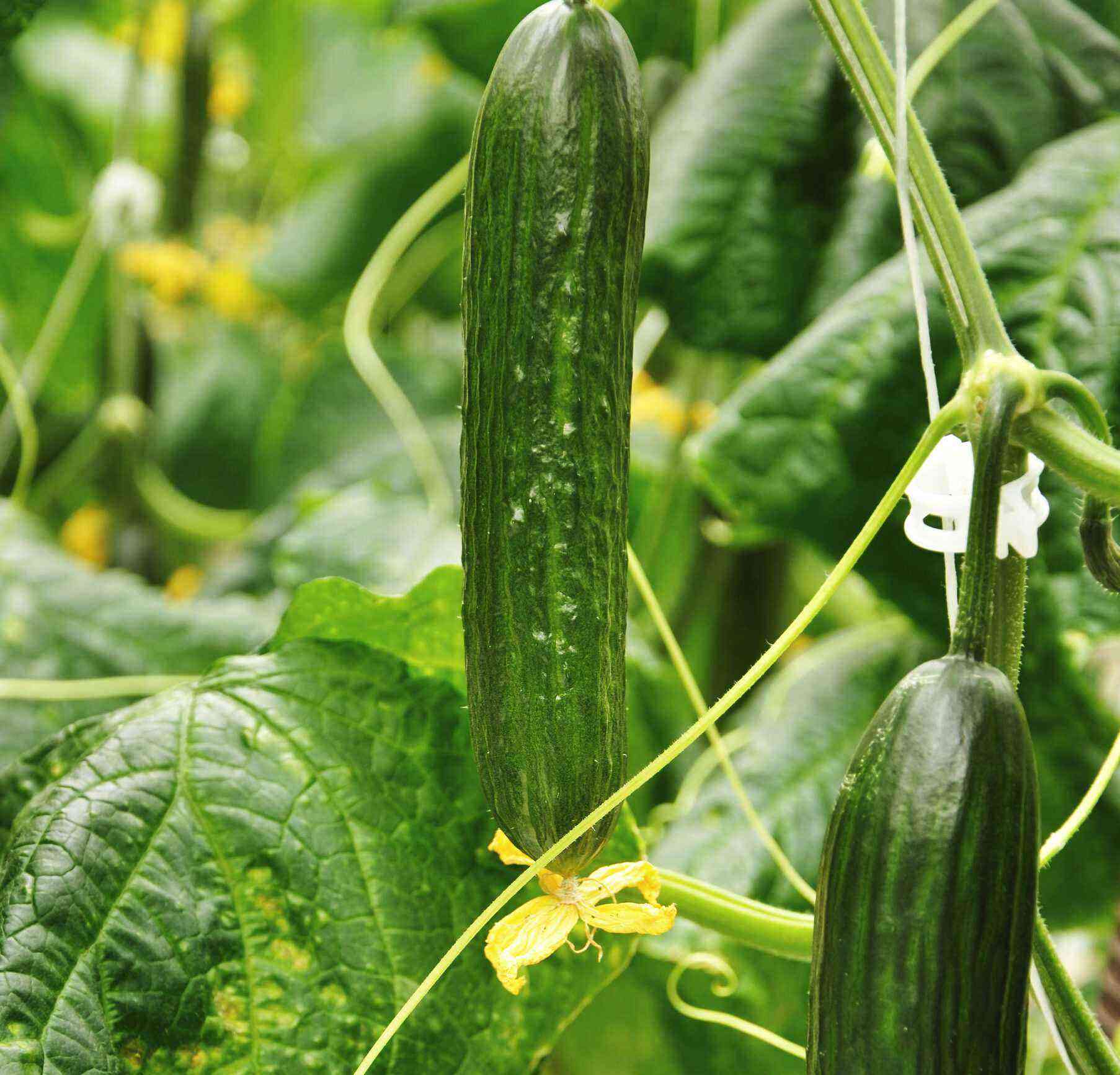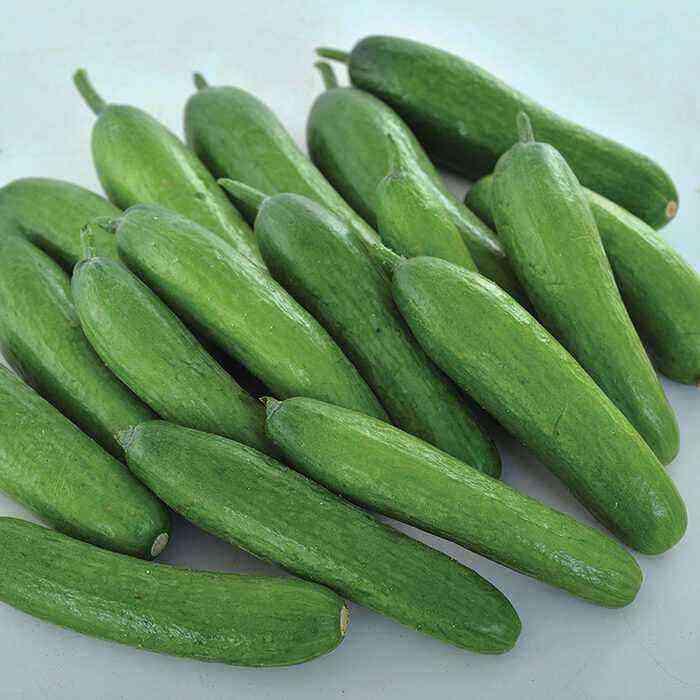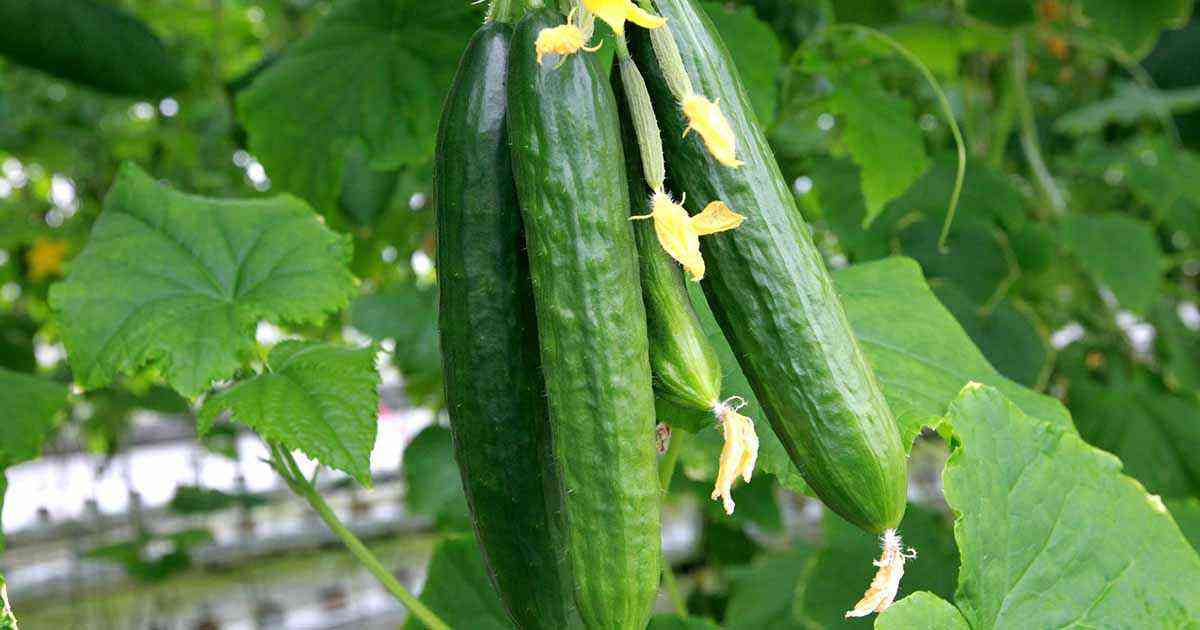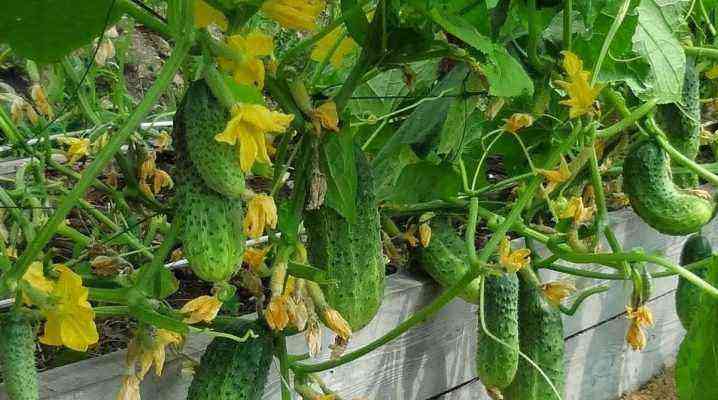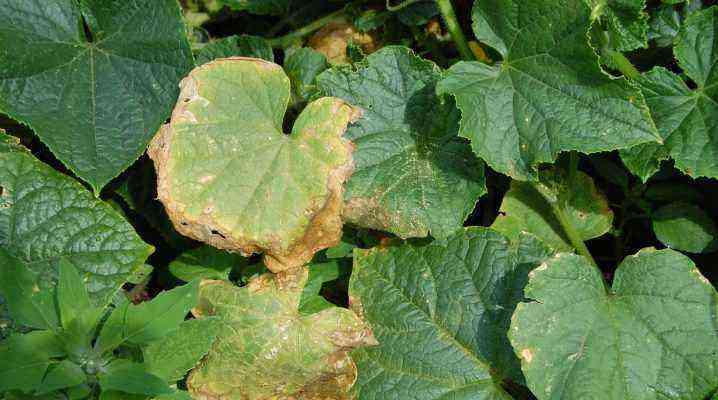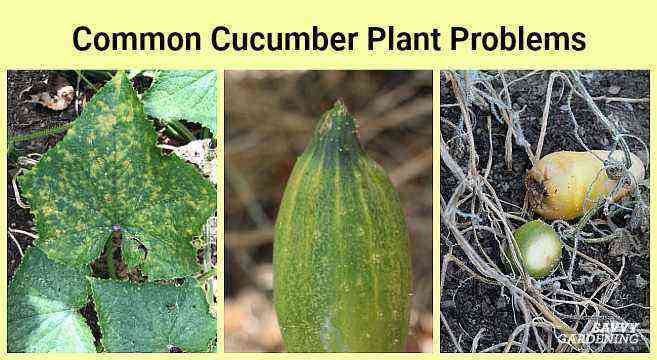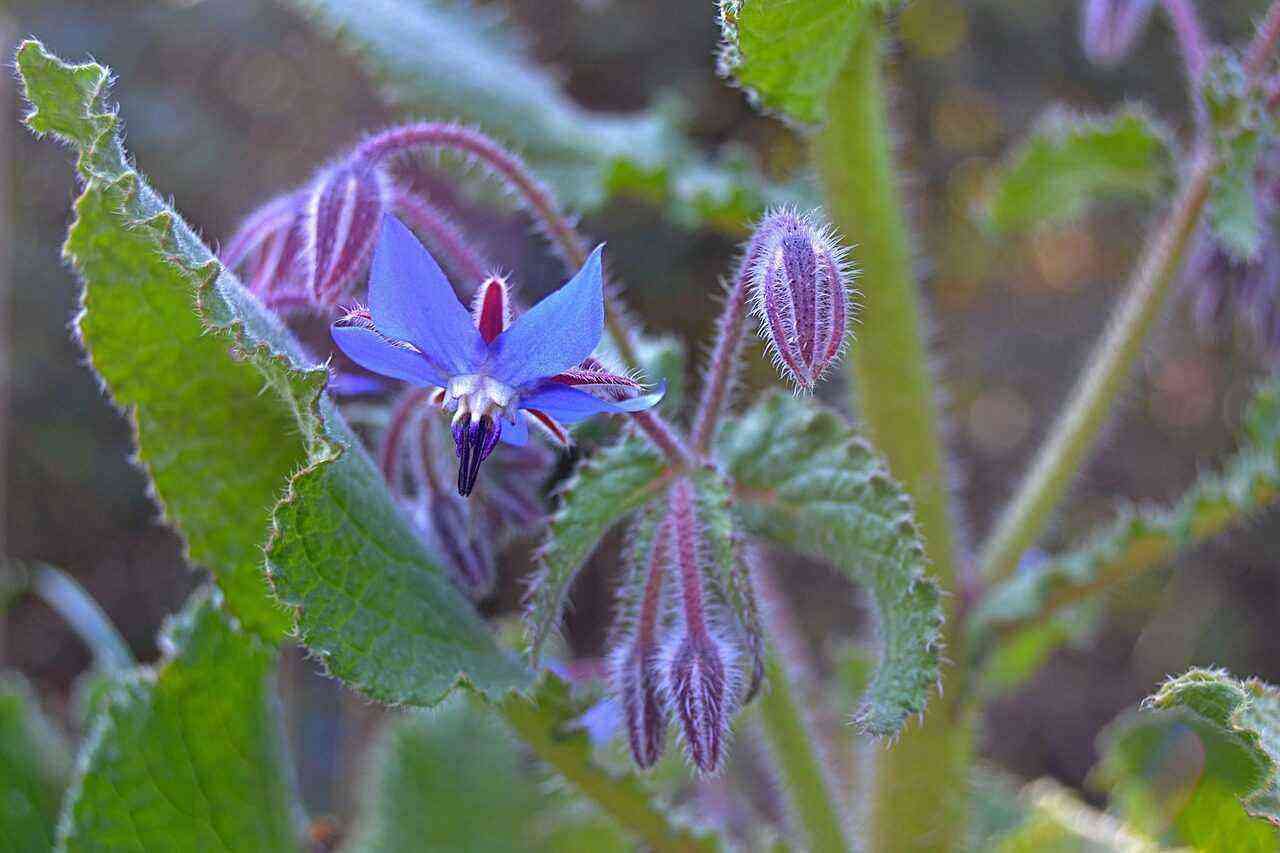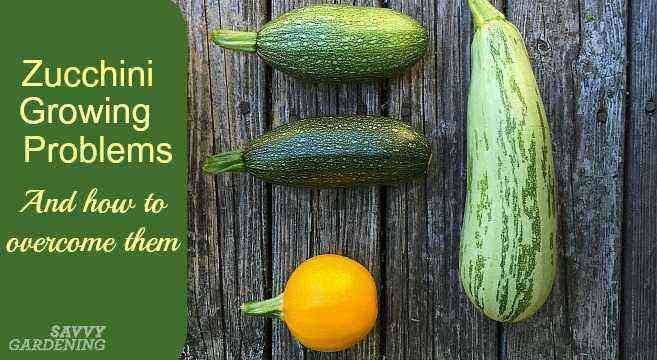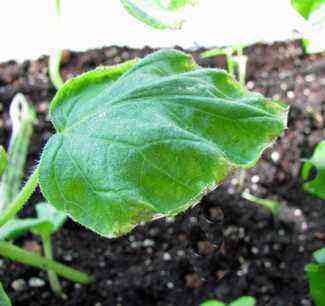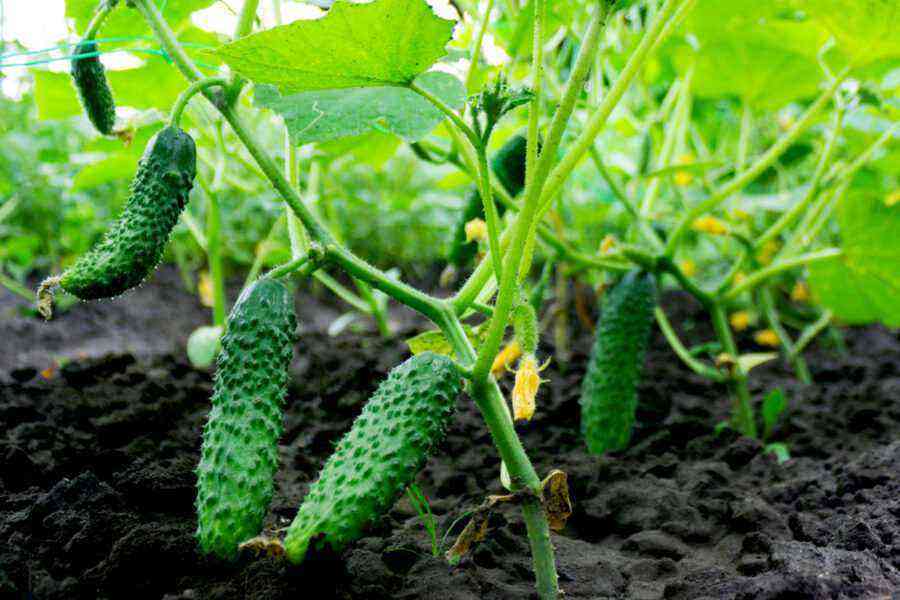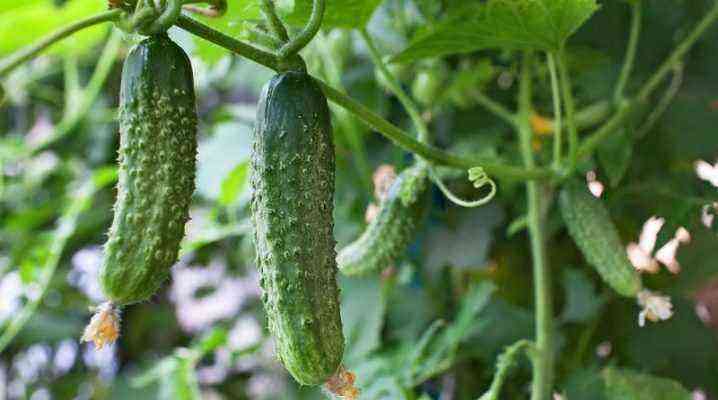There is no simple answer to the question of why a large number of swollen or hooked fruits sometimes appear on a cucumber bed. In order not to have to stand over your own garden bed wondering why the cucumbers are crooked, you must follow the simple rules of care. Impeccable discipline is the main secret of growing clean and even, with a “guards bearing”, greens.
Much depends on the choice of variety, but it is also important that heat, light, nutrition and moisture come to the plants evenly, in the optimal amount. Not every gardener can boast of punctuality: some do not have the opportunity to take care of the beds every day. If you are familiar with the situation when, in the next portion of the harvest, each cucumber has its own “unique face”, our advice will come in handy.
Cucumber planting rules
It is impossible to achieve high quality fruits if bee-pollinated and parthenocarpic varieties are grown together. Partial pollination of parthenocarpics is one of the reasons for the appearance of unevenly overgrown, deformed fruits on them. If you want to grow both types of cucumbers, it is better to make a separate shelter for each and keep the bees away from parthenocarpic varieties.
Moisture or watering mode for cucumbers
Often, drying the soil stops the growth of fruits – they lose their shape, “hooks” form, so you need to strive to water the cucumbers regularly.
The following technique helps to partially reduce the dependence of plants on regular watering: immediately after germination, loosen the soil to develop the root system. Later it will no longer be possible to loosen, since the roots of the cucumber develop near the surface of the soil and are damaged during loosening. Lightly cover the stems with earth (2-3 cm) to encourage the formation of adventitious roots. This technique is used in Central Asia when growing melons.
On infertile heavy soils, it is advisable to mulch (adding 3-5 cm) with humus, peat, until cucumber lashes have grown. This prevents the formation of a soil crust after watering, preserves moisture reserves for plants.
Cucumber nutrition
When the plants begin to bear fruit, start feeding them at intervals of 7–10 days with a liquid organic or mineral fertilizer solution (2–3 feedings are enough per season). Choose a balanced fertilizer that combines nitrogen, potassium and phosphorus, preferably trace elements. An excess of nitrogen with a lack of other nutrients will not benefit the plants – they will begin to shed their ovaries.
Maintaining the shape of cucumbers
In order for the nutrients to be properly distributed in the plant, cucumbers must be picked cleanly and often: preferably every 2-3 days. Unpicked overgrown and ugly fruits retard the growth of a new crop. If you can only clean on weekends, strip the whips as cleanly as possible, picking even the gherkins (fruits 4–8 cm long). By the next arrival, they will still outgrow and begin to slow down the formation and growth of new ovaries. It is best of all, having arrived at the dacha, first of all, rob the whips, then do it again before leaving. In good weather, the plants freed from the “ballast” will have time to give out a new portion of the crop even in a day, and even more so in two days.
In some cases, fruit growth stops due to thickening of plants, excessive growth of lashes. Then it is necessary to cut the weakened shoots in order to improve the lighting conditions for the remaining ones.
Heat for cucumbers
It is important to use the film cover correctly: if you remove it prematurely, the growth of plants and fruits will stop. Due to spasmodic changes in the growth rate, crooked or “constricted” fruits appear. Only when the weather is very hot and the shelters can cause leaf burns are they opened a little during the daytime. If the shelters are completely removed, the plants are early damaged by powdery mildew. For ventilation, it is enough to raise the shelter on one side.
Choice of cucumber varieties
The key to obtaining not only an abundant, but also a high-quality harvest is not only skillful cultivation, but also modern varieties and hybrids that are resistant to diseases and stress. Now breeders have learned to fix genetically such properties as the absence of bitterness in fruits and the ability to remain on the whip for quite a long time, without overgrowing, in case of uneven collection.
F1 Mama’s boy (Agrofirm “Aelita”). Early maturing parthenocarpic hybrid. From mass shoots to the first cucumbers – 41–43 days. Very productive: up to 30 kg/sq. m in closed ground, in open ground – up to 22 kg / sq. m. Resistant to cucumber mosaic virus, true and downy mildew, olive blotch. It can be grown on the balcony and on the windowsill in a well-lit area. Fruits leveled (80–95 g, up to 11 cm long),
excellent consistency, often large tuberculate. Bitterness is absent. Good and fresh, and when salting and canning.
F1 Rodnichok (Russian garden). High yield, excellent taste and pickling properties have made this hybrid a favorite of gardeners. Early ripe: fruiting occurs on the 49-52nd day after full shoots. Zelenets is large-tuberous, 9–12 cm long, weighing 87–110 g. Fruits are even in shape, without bitterness, retain commercial qualities for a long time.
F1 Philippok (SeDeK). Part of the “mini gherkins” series. The main feature of the varieties of the series is that even with a length of 2-4 cm, the fruits are crispy cucumbers, and not a thin ovary. Mid-season (50-55 days) bee-pollinated hybrid for open ground and film shelters. The plant is strongly-growing, strongly branched, predominantly with a female type of flowering. Zelentsy large-tuberculate, dark green with white stripes, white-spined, 6–8 cm long, do not outgrow and do not turn yellow. Yield 10 kg/sq. m. Resistant to major diseases.
F1 Zador (NPF “Russian Seeds”). An early maturing parthenocarpic hybrid, very convenient for horizontal cultivation: the stem branches intensively, a powerful curtain of the plant is formed, which is necessary for abundant fruiting. Powdery mildew resistant and root tolerant
rot. The fruits are large-tuberous, dark green, 8–10 cm long, without bitterness, with high commercial qualities and transportability. Productivity in an open ground of 3 kg from a plant or 12 kg from 1 sq.m. m.
